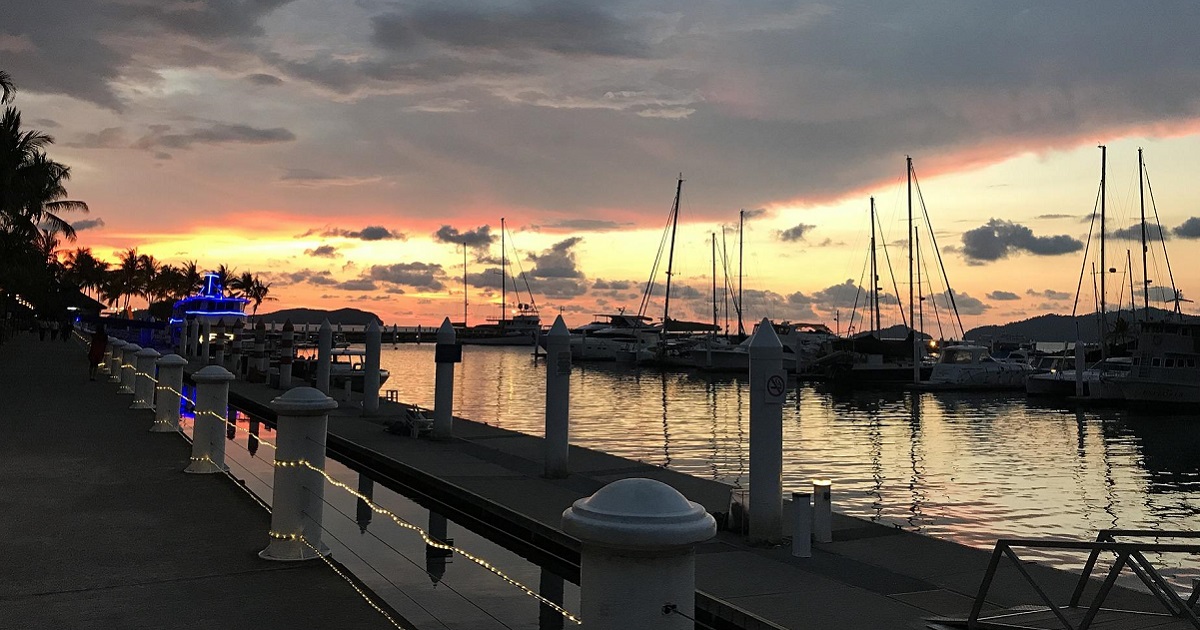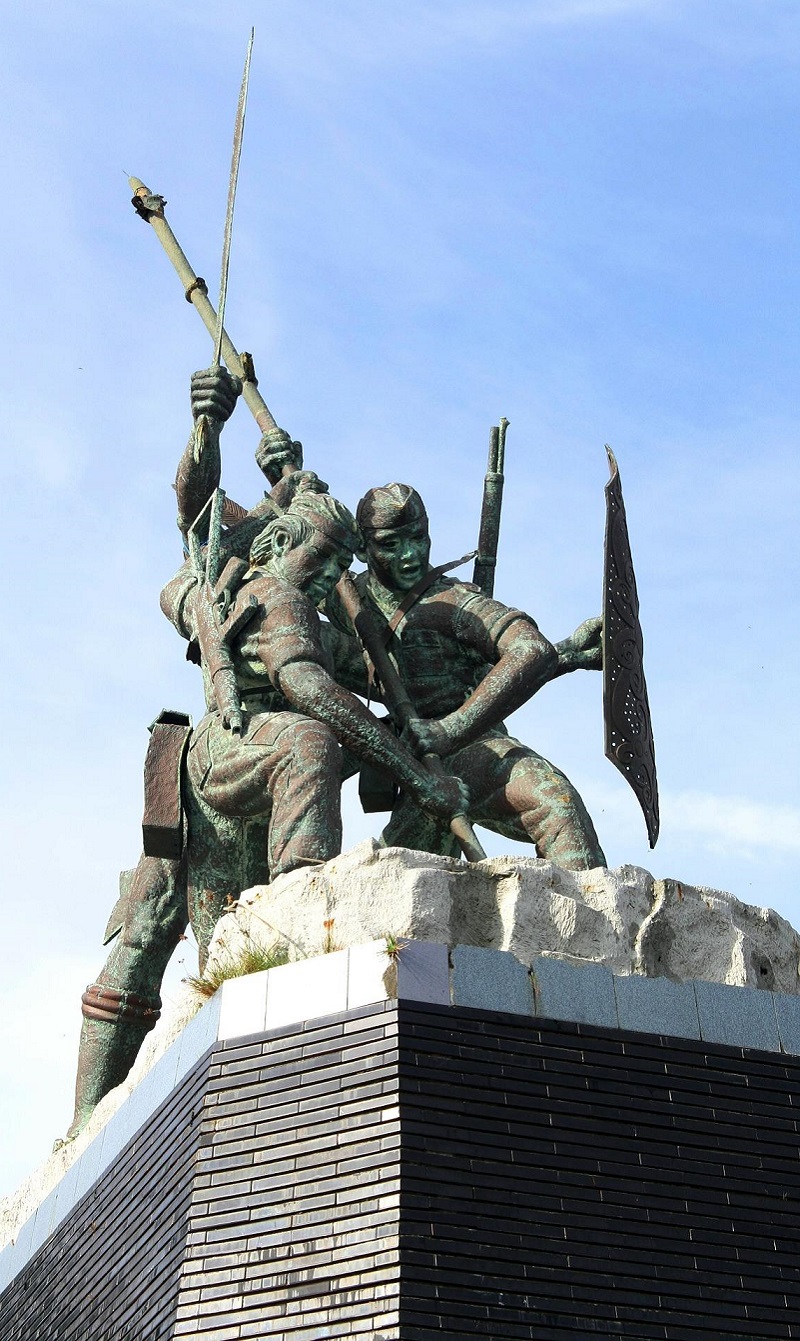Sabah’s Hidden Potentials
Economic rejuvenation is undoubtedly key to accelerate Sabah’s economic growth. WIEF Roundtable in Kota Kinabalu, Sabah, in March 2020 presented opportunities for the Malaysian state to develop connections, learn from experts and highlight its investment opportunities.
‘Sabah has more land than people [with land mass of almost 74,000 sq km]. Its contribution to the national GDP is relatively small. How do we go about increasing its productivity, increasing its figures, GDP numbers, and most importantly, to end up with quality life and economic development?’ asked Dr Farizal Mohd Razalli. The senior lecturer at the Centre for Politics, History and International Affairs of National University of Malaysia was a moderator during the Sabah Focus session at the WIEF Roundtable in Kota Kinabalu. The session highlighted investment opportunities in the Malaysian state of Sabah, located on the tip of Borneo, third largest island in the world. It included areas of interest for foreign investments as well as government policies and economic incentives for investors.
Sabah’s Appeal
At the start of the session, Datuk Seri Panglima Wilfred Madius Tangau, Deputy Chief Minister and Minister of Trade and Industry of Sabah explained:
Sabah remains an attractive investment destination. It’s a gateway to the ASEAN region. Its geographic location of midway between Australia and China means that Sabah is centrally located within the ASEAN region. Its combination of access to raw materials, a strategic geographic location, a supportive and proactive government, are key advantages that it offers to potential investors. Malaysian Investment Development Authority (MIDA) reported, in 2018 Sabah implemented a total of 769 manufacturing projects with investments worth RM19.8 billion, that have created over 90,000 jobs. Yet, Sabah lags behind in key socioeconomic indicators.
Sabah stood at RM23,979 in 2017, compared to the national average of RM40,713 for the same year. This is a challenge that the state has to confront. Moving forward, Sabah’s reinvigorating the development of the state’s industrial sector. Its goal is to get the manufacturing sector to contribute around 35 per cent to the state’s GDP by 2030. This will be challenging because as it is, the contribution of the manufacturing sector to the state’s GDP is currently below eight per cent. But a low starting point suggests that the opportunities and potential to forge ahead are wide-ranging.
Key Investment Areas
Its key area of investment with immense potential is the palm oil industry. It was estimated that the state palm oil and palm biomass available in Sabah is capable of generating an equivalent RM200 billion worth of revenue every year. The industry has possibly reached a stage where the technology as well as markets are ready to use palm oil and biomass to produce products previously produced from fossil fuels. The palm oil industry can fit into current demand of products from sources which are sustainable and biodegradable. While crude palm oil is well-known, less well-known are the downstream business opportunities that oil palm industry offers, including in the palm-based biomass sector. These palm-based resources offer a range of value-adding downstream opportunities for the food-based sector such as shortening, confectionary, ice cream and bakery fats.
Furthermore, in the phytonutrient sector, the products include carotenes, coenzymes, squalene and lecithin. Palm-based oleochemicals can be utilised to produce an equally wide range of products, from personal care to protective coatings. The full utilisation of the estimated 60 million tonnes of palm-based biomass generated in Sabah annually is equally promising – it includes empty fruit bunches, oil palm fronds and trunks, mesocarp fibres, palm kernel shells, and palm oil mill effluents. Downstream opportunities include the production of bio-pellets, biofuels, bioethanol and bio-based chemicals. Other areas are furniture from oil palm lumber, wood-plastic composites, particle board, pulp and paper, fertiliser, and animal feed.
Another potential area where Sabah can play an important role is the fast-growing global halal industry with the global halal market expected to reach USD9.71 trillion by 2025. Countries like Malaysia is set to lead the pack. Its globally recognised halal standards and certification are an advantage. Key drivers of the halal industry include growing global Muslim population, growing economies of Muslim countries and the emergence of new halal markets including Europe, India and China. The halal industry offers diverse opportunities encompassing a wide range of products and services including food, logistics, cosmetics, pharmaceuticals, finance, food ingredients and additives. In terms of the halal industry, Sabah offers:
- a strategic location for halal processing, halal cargo consolidation and redistribution activities
- abundant resources such as palm oil, aquaculture, fisheries, seaweed and other byproducts from palm oil and bio-refineries
- Sabah is free from hand, foot and mouth disease
- strong government support facilitated by global recognition of Malaysia’s halal certification
Other key investment areas include fisheries and aquaculture sector and the furniture industry that has a designated industrial area in Sandakan. Sabah has banned export of round logs in order to support the growth of its furniture industry and it’s ready to put in place necessary measures to ensure that the forestry sector remains a strong economic area. Finally, the oil and gas sector holds immense potential. While it’s already well-established in Malaysia, the potential for its expansion remains strong in Sabah.
Uncovering Sabah’s Potential
Session speaker Lynette Hoo, deputy CEO of POIC Sabah Sdn Bhd, stated:
The advantage of POIC, a maritime gateway to the east region, is its central location within the ASEAN region, its location within the second busiest shipping lane of Lombok-Makassar Straits and its location in the middle of a resource-rich region of Brunei Darussalam Indonesia Malaysia Philippines East ASEAN Growth Area (BIMP-EAGA). POIC is wholly owned by the state government of Sabah and an area of 1,780 hectares has been gazetted for industrial investments. Out of that, 465 hectares have been completed with infrastructure.
POIC’s main function is to act as a catalyst in spearheading the state industrialisation agenda by providing basic and specialised infrastructure to lower the cost of doing business. Its essential aim is to create jobs and to drive the economy. The key benefit of POIC is the natural draft. It has a draft of 20 metres, one of the deepest in the region. The fact that it’s 20 metres means a lot in terms of lowering the cost of doing business. It’s because this enables large vessels, Panamax vessels, ultra-large cargo carriers, to call at the port and to consolidate cargo goods as well as services. Basically, the larger the ships, the lower the cost, because of the economies of scale.
It also has an integrated set of port facilities, including a dry bulk, a barge berth, a liquid bulk terminal and a container terminal, making it one of the most integrated port facilities in the region. Furthermore, its double bay is protected by a natural breakwater in the way of Sakar island. This makes it one of the calmest areas for large vessels to ply through.
Session speaker Datuk Dr Mohd Yaakub Haji Johari, CEO of Sabah Economic Development and Investment Authority (SEDIA), stated:
In order to kickstart the transformation of Sabah’s economy, from something which had been driven in the past by timber extraction and by development of the commodities sector such as palm oil, the state’s to shift this towards a diversified economy with high value-added sectors. Apart from oil and gas, oil palm, agriculture, education, logistics and manufacturing, Sabah also provides support for infrastructure facilities and human capital development.
Under the Sabah Development Corridor, there are two dedicated incubator facilities that support the agricultural industry and training facility. Furthermore, Sabah Animation and Creative Content Centre is useful to produce young people with a design mindset to help them be a part of the 4IR. Sabah is open to not only big investors, but small ones with ideas as well. SEDIA works together with around 1,000 small players and SMEs that participate in its incubation programme in creative and in agricultural industries.
Session speaker Datuk Ismail Ibrahim, CEO of Iskandar Regional Development Authority (IRDA) in Johor, shared the experience of developing Johor as one of Malaysia’s five economic corridors:
The question is, where would the wealth go? Wealth created must be for the benefit of the population. IRDA manages Iskandar Malaysia, which is the southern economic corridor that covers an area of 2,217sq km which is equivalent to three times the size of Singapore. To a certain extent, it leverages on Singapore’s economic success. However, great geographic location means nothing if there’s no action. Thus, one of the first big things IRDA did was to go through the policies that inhibits development such as those that look inwards rather than outwards. Also, sustainability is fundamental for longevity, as well as integration, coordination and collaboration.
To drive the economy, determine the key players: government’s role is to be involved in the policy and invest in infrastructure that’ll create an ecosystem that attracts investment. In turn, this creates jobs and local businesses to cluster around those projects. Also, welcome the local and foreign private sectors in. Capitalise on the middle-income group’s purchasing power while understanding market demand. IRDA target for markets including emerging economies. For instance, while Johor doesn’t have oil and gas reserve it’s able to position itself as a hub for petrol and oil chemical. The same goes for food and agriculture. Johor doesn’t really have an abundance of natural resources like Sabah but it’s involved in downstream activities such as food processing. By targeting the downstream market, Johor becomes a global player.
It’s all about balance. A balance of investments between both domestic and foreign, is advisable. Also, a balance of investments from various regions and countries. Today, you see China is the biggest investor in Iskandar Malaysia, but five years ago, it was Singapore. And how knows which country it will be in three years’ time. Finally, a balance between all sectors of economic growth. This is so that not only one sector is independent of the other sectors, instead they are mutually supporting each other.
Read summary of WIEF Roundtable in Kota Kinabalu session on moving Indonesia’s capital city here.
Main photo by Chen Kwong Lim from Pixabay



